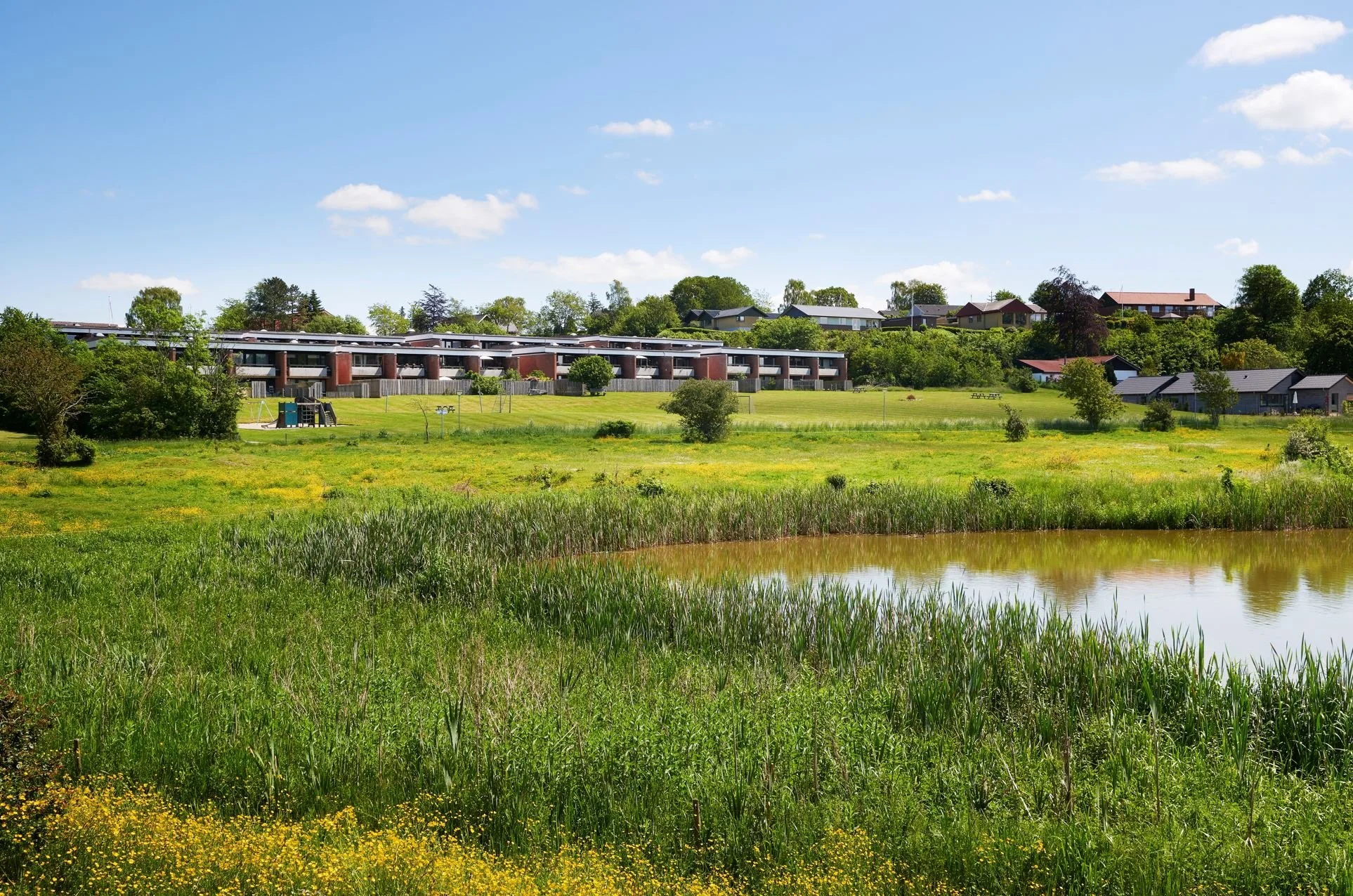a dive into the challenges of urbanisation and demographic changes from a rural perspective
Many rural areas in the Nordic countries are suffering from population decline. Young people are leaving for the larger cities for jobs or education, leading to reduced economic activity and rapid ageing of the remaining population.
In other locations the industrial landscape is evolving with new green technologies and the demand for skilled workers shapes future housing demands.
How do housing organizations across the Nordic region adapt and develop their housing stock in these situations? What is the role of the municipalities? and how do housing organizations, municipalities and other actors work together to enhance social sustainability in communities with a fluctuating population?
This is a few of the questions that this project addresses.
In this project which was initiated by the Nordic Council of Ministers via Nordic Welfare Centre we have mapped present initiatives and activities by NBO's members that could have had an impact to stop depopulation, start positive relocation patterns, increase the attractiveness of their apartments - and how this can affect regional development and social sustainability in sparsely populated areas.
key findings
There is a clear differences in the presence of the public, cooperative and non-profit housing organisations between the municipalities in the three urbanisation categories: cities, towns and suburbs, and rural municipalities. The analysis is based on housing data compiled by municipality and includes approximately 2.5 million housing units. On average this gives 89 housing units per 1,000 people in the Nordic Region: 118 in the cities, 86 in towns and suburbs, and 54 in rural areas. In short, there are more than double as many public, cooperative and non-profit housing units per capita in the Nordic cities compared to the rural areas .
Between 2001 and 2021 the total population of the Nordic countries grew by approximately 3.4 million people . This has affected all three urbanisation categories, although the increase in the rural municipalities was minimal with only 2.3 per cent on avarage. Finland is the only Nordic country with an overall population decline in the period.
The working-age population (age15-64 ) grew by 1.5 million people in the Nordic countries between 2001 and 2021. However, the increase was mainly bound to the cities and the towns and suburbs. In the rural municipalities with a population density below 50 it has decreased by more than 8 per cent.
But in all five Nordic countries, the group of people aged 65+ is growing even more rapidly. Between 2001 and 2021 the group of older people has grown by more than 40 per cent in all urbanisation categories on the Nordic level and in four out of five Nordic countries. As a result, the old-age dependency ratio has risen considerably all across the Nordic Region. For each person aged 65 or more, there are now 3.1 people of working age, compared to 4.2 in 2001. The balance is the most alarming in the most sparsely populated rural areas, where there are only 2.3 people of working age for each person aged 65 or more.
In the content list to the left you can access the country specific interactive maps from the report.
Collaboration with the Nordic council of ministers
In spring 2021 NBO was invited to map how cooperative and non-profit housing organizations work to contribute to a positive development in the more sparsely populated areas of the Nordic region.
The invitation was initiated by the Nordic Council of Ministers, as part of delivering on The Nordic Vision of becoming the most sustainable and intergrated region in the world - a green, competetive and socially sustainable region.
With this assignment the Nordic Council of Ministers had pinpointed the rare potential that lies in the link between housing and welfare policies, also when we look at the living conditions in the more sparsely populated areas of our region.
NBO is engaged in this project:
Because it taps in to the NBO vision of a Nordic region, with sustainable housing for everyone - socially, economically, and environmentally.
Because it is an obvious opportunity to bring forward the good examples and highlight the great potential that lies in combining housing and welfare policies in concrete solutions.



